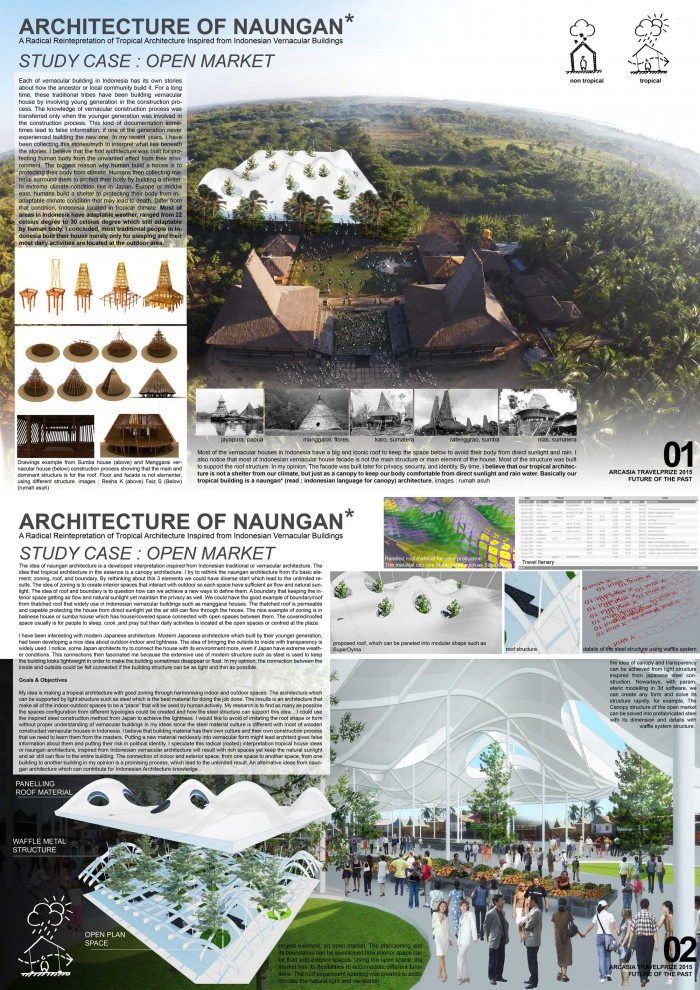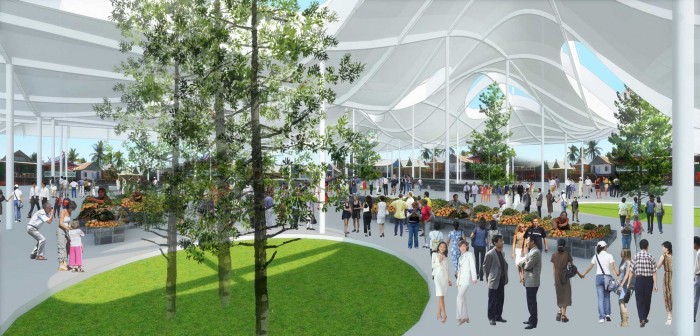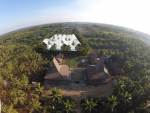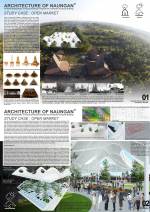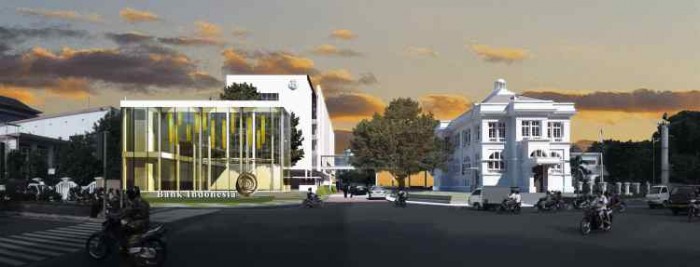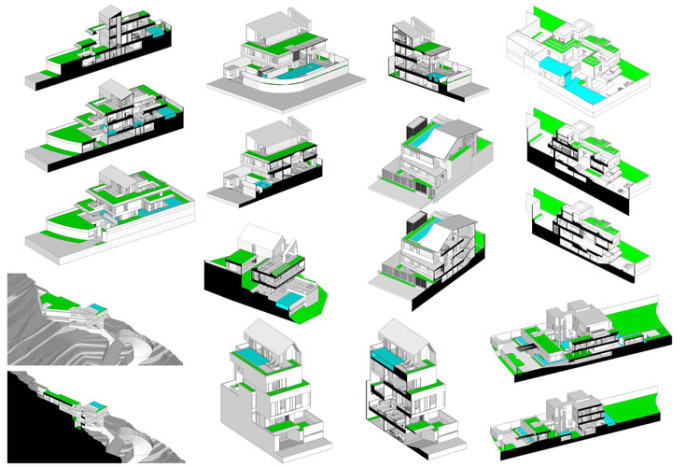Architecture of Naungan*
Radical Reintepretation of Modern Tropical Architecture from Indonesian Vernacular Buildings
Architecture of Naungan*
Radical Reintepretation of Modern Tropical Architecture from Indonesian Vernacular Buildings
In Indonesia, we have more than 13.000 thousand islands with more than 500 tribes. As i made a regular journey to remote places in Indonesia, i found that the richness of our building culture is very diverse in form and its meaning. Each of vernacular building in Indonesia has its own stories about how the ancestor or local community build it. In my recent years, i have been collecting this stories/myth to interpret what lies beneath the stories. I believe that the first architecture was built for protecting human body from the unwanted effect from their environment. The biggest reason why human build a house is to protecting their body from climate. Humans then collecting material surround them to protect their body by building a shelter. In extreme climate condition like in Japan, Europe or middle east, humans build a shelter to protecting their body from in-adaptable climate condition that may lead to death. Differ from that condition, Indonesia located in wet tropical climate. Most of areas in Indonesia have adaptable weather, ranged from 22oC to 30 oC which still adaptable by human body. Most of the vernacular houses in Indonesia have a big and iconic roof to keep the space below avoided from direct sunlight and heavy rain. I also notice that most of Indonesian vernacular house facade ism’t the main structure or main element of the house. Most of the structure was built to support the roof structure. I concluded, most traditional people in Indonesia built their house merely only for sleeping and their most daily activities are located at the outdoor area. In my opinion, The facade was built later for privacy, security, and identity. By time, i believe that our tropical architecture is not a shelter from our climate, but a canopy to keep our body comfortable from direct sunlight and heavy rain. Basically our tropical building is a naungan* (read : Indonesian language for canopy) architecture.
The idea of naungan architecture is a developed interpretation inspired from our traditional or vernacular architecture. I try to rethink the naungan architecture from it’s basic elements; zoning, roof, and boundary. By rethinking about these 3 elements we could have diverse start which lead to the unlimited results. The idea of zoning is to create interior spaces that interact with outdoor so each space have sufficient air flow and natural sunlight. The idea of roof and boundary is to question how can we achieve a new ways to define them. A boundary that keeping the interior space getting air flow and natural sunlight yet maintain the privacy as well. We could have the good example of boundary/roof from thatched roof that widely use in Indonesian vernacular buildings such as Manggarai houses. The thatched roof is permeable and capable protecting the house from direct sunlight yet the air still can flow through the house. The nice example of zoning is in Sumba house which has house/covered space connected with open spaces between them. The covered/roofed space usually is only for people to sleep, cook, and pray but their main daily activities is located at the open spaces.
I have been interesting with modern Japanese architecture. The idea of bringing the outside to inside using transparency is widely used even if Japan have extreme weather conditions. This connections then fascinated me because the extensive use of steel is used to keep the building looks lightweight in order to make the building sometimes disappear or blend. They were also making an experiment with prefabricated steel material to keep low their building construction. This thought lead me that this steel construction can be applied in Indonesia to support my experiment with 3 elements in naungan. I’m planning to visit some of research-related naungan architecture such as; Atelier-bisque doll by IUD architects in Osaka, Naoshima ferry terminal, hiroshi museum-karuizawa, Towada art museum, kanazawa museum by Ryue Nishizawa, Kanagawa institute of technology by Junya Ishigami, House N-Oita by Sou Fujimoto, Hoki Museum by Nikken Sekkei and Galery of Horyuji by Yoshio Taniguchi are some of the examples which have the strong idea of connecting outdoor and indoor with steel construction.
My idea is making a tropical architecture with good zoning through harmonizing indoor and outdoor spaces as a “place” that will be used by human actively which can be supported by light structure such as steel. My experiment is to find as many as possible the spaces configuration from different typologies could be created and how the steel structure can support this idea. In this proposal, i exercise with open market typology. The open space is questioning how can we bluring the boundaries between outside and inside. The big roof is created to avoid the direct sunlight and rain. The opening on the roof is created to maintain the natural ventilation and light into the building. The dynamic shape of the roof can be used to accomodate different function. Advanced 3d modelling can be applied to find the appropriate structure system. I propose the parameteric waffle system so we can prefabricate the steel for the construction process easily. I would like to avoid of imitating the roof shape or form without proper understanding from vernacular buildings since the steel material culture is different with most of wooden constructed vernacular houses in Indonesia. I believe that building material has their own construction culture. Putting a new material recklessly into vernacular form might lead architect gives false information and putting their risk in political identity. I speculate this radical (rooted) interpretation tropical house ideas-naungan architecture, inspired from Indonesian vernacular architecture will result with rich spaces yet keep the natural sunlight and air still can flow to the entire building. The connection of indoor and exterior space, from one space to another space, from one house to another house in my opinion is a promising process, which lead to the unlimited result. An alternative ideas from naungan architecture which can contribute for Indonesian Architecture knowledge.

